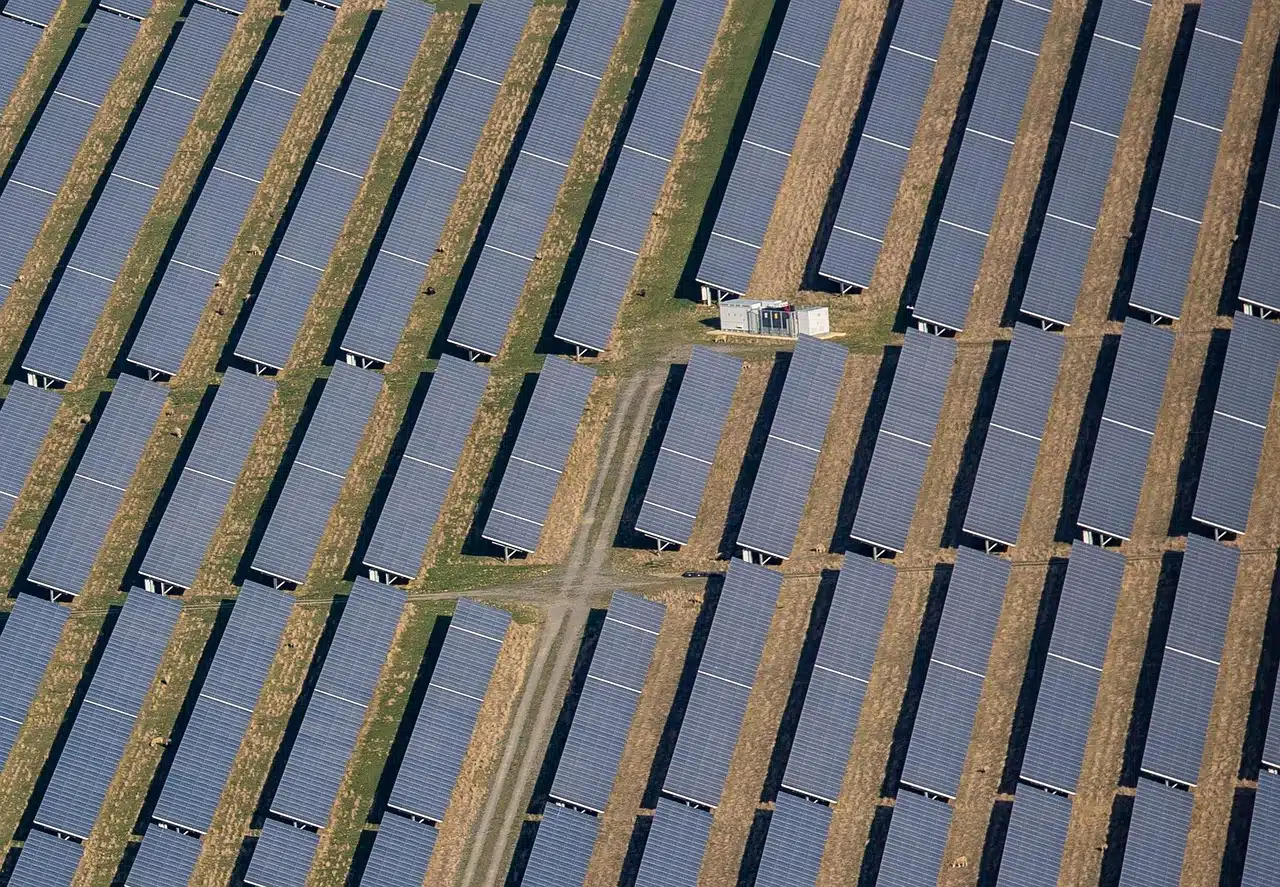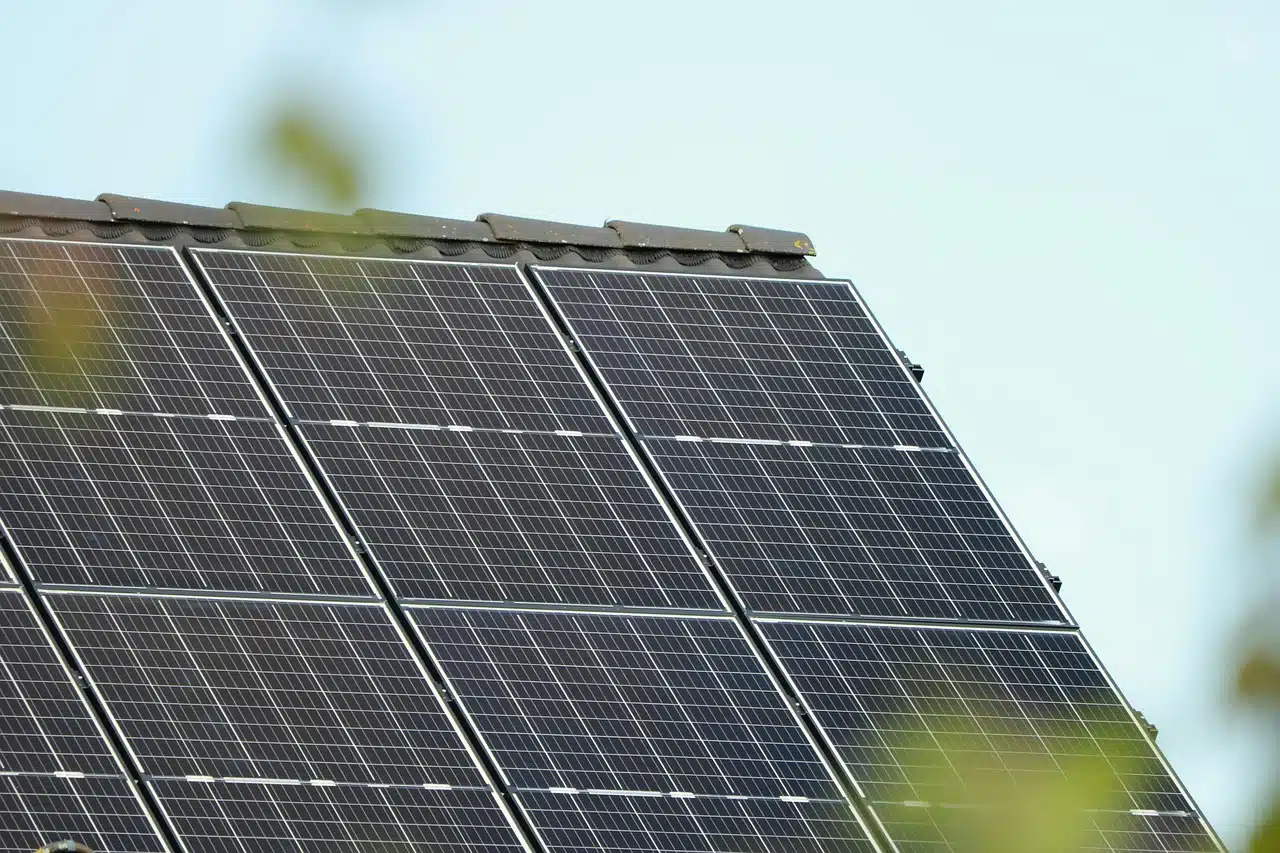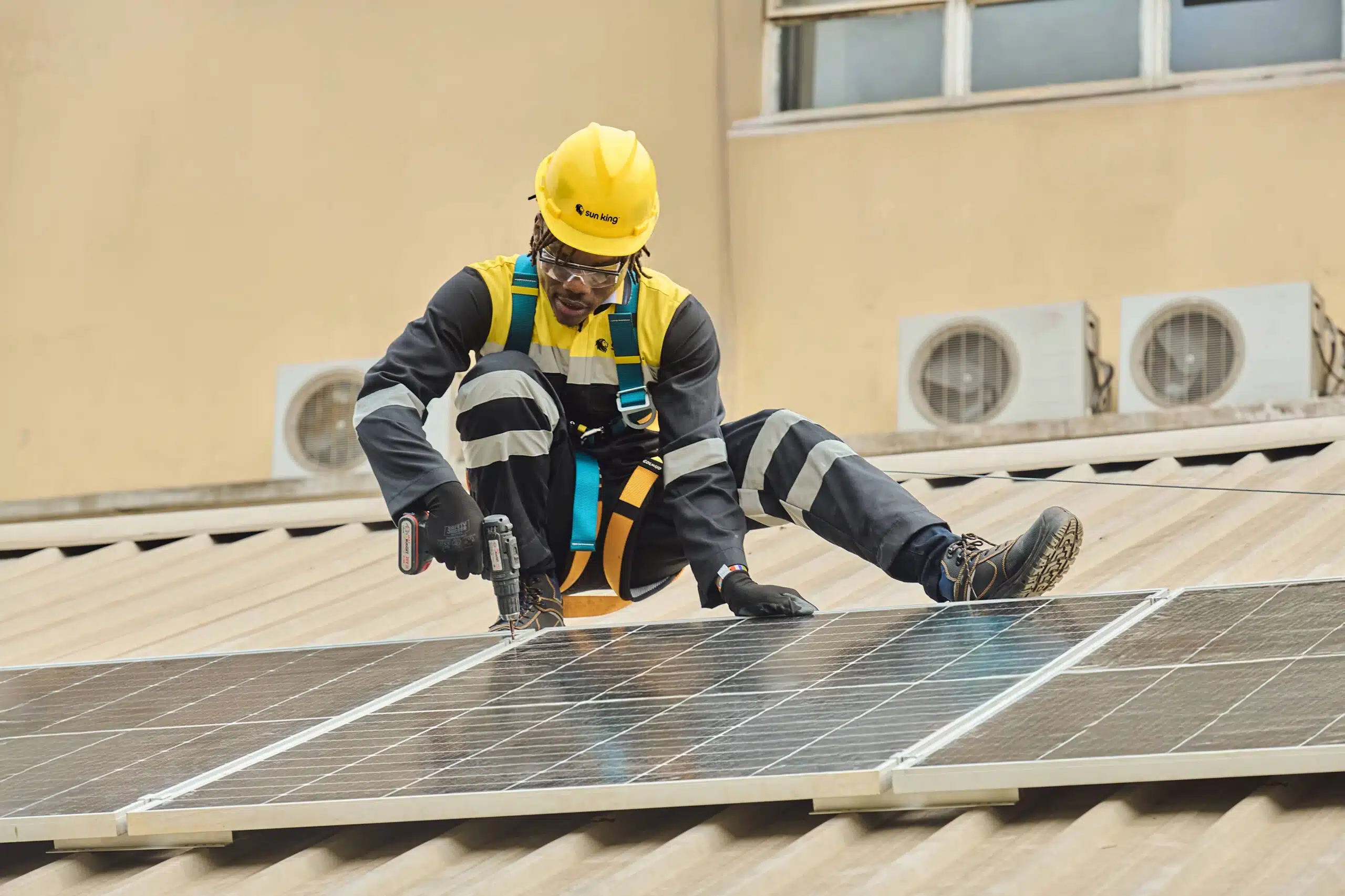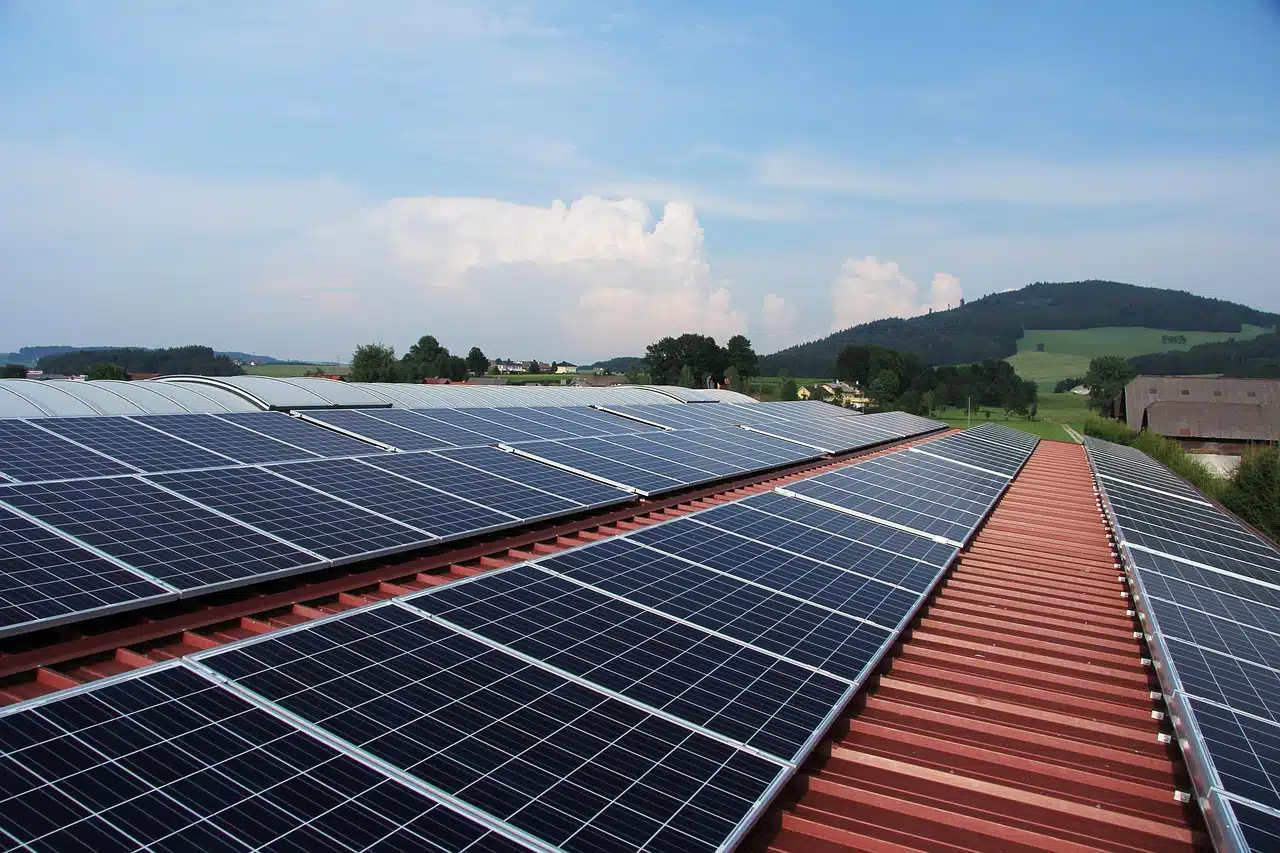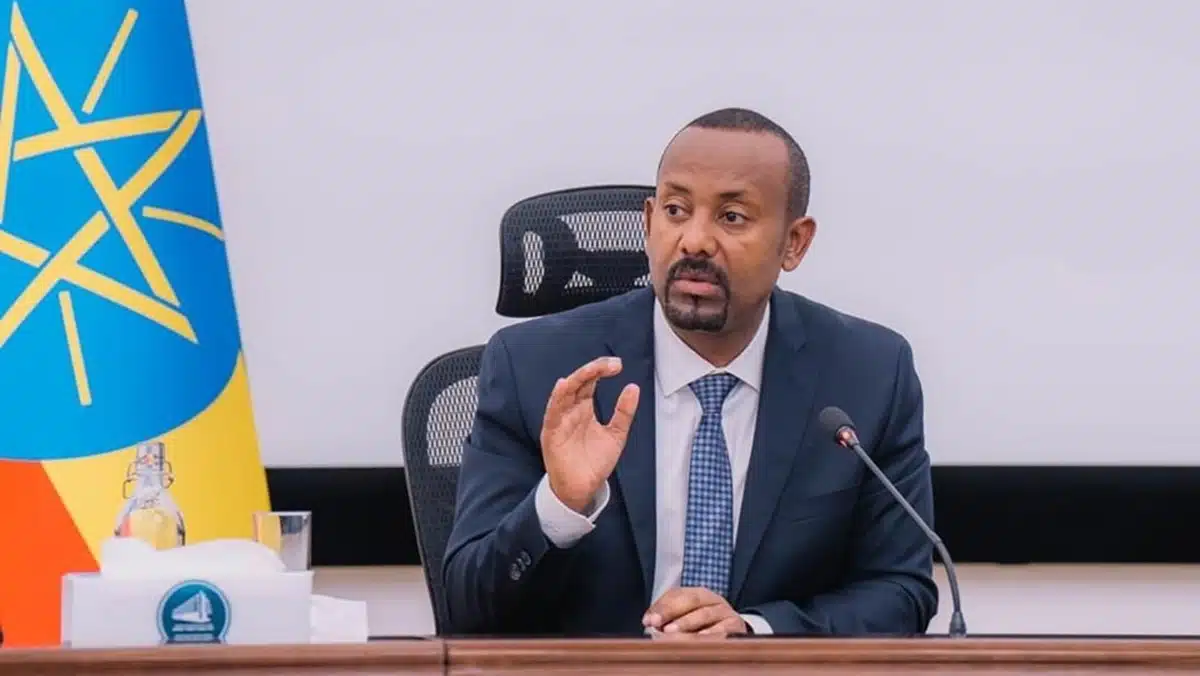The World Bank approved an impressive $52.6 million financing package for the Gambia Infrastructure Project, prioritizing the energy sector enhancements.
This funding targets improved electricity access for over 100,000 Gambians, aligning with the nation’s goal of universal energy access by 2030, according to the World Bank’s official statement.
The initiative aims to enhance national interconnection, with a particular focus on rural areas where only 35% of residents have access to electricity, and the electrification of 80 rural communities.
Additionally, two primary substations will be upgraded and ten overloaded secondary substations replaced in the Greater Banjul area, which faces recurring capacity issues.
“The Gambia has made progress toward universal electricity access and is positioned to achieve this goal by 2030, building on the Mission 300 initiative.
“This project leverages that success while also addressing critical infrastructure gaps that leave over 400,000 Gambians without reliable road access,” said Franklin Mutahakana, World Bank Group Resident Representative in The Gambia.
Solar power and renewable energy investments
A key component of the project involves expanding renewable energy infrastructure, as stated by Franklin Mutahakana.
The funding will support the installation of solar-powered street lighting across urban and rural areas, reducing energy costs and enhancing safety, according to the Energy Power and Capital report.
Additionally, a credit enhancement mechanism will create access to $60 million in private investment for renewable energy projects, according to the World Bank report.
“Strategic grid investments will accommodate increasing renewable energy sources while improving overall system reliability.
The approach aims at upgrading two primary substations and replacing overloaded secondary substations to enhance urban grid stability,” said Matar Touray, Energy Specialist and Co-Task Team Leader of the project at the World Bank.
This builds on the success of the Jambur Solar PV Plant, commissioned in March 2024, overseen by Gambia’s National Water and Electricity Company (NAWEC), which marked a significant step toward diversifying Gambia’s energy mix.
The impact of the investment
The project focuses on improving the operational efficiency of The Gambia’s energy sector.
The World Bank emphasized that the funding will modernize electricity distribution systems, reducing transmission losses and improving service reliability.
Furthermore, these upgrades aim to lower energy costs for consumers, particularly in underserved regions.
NAWEC’s managing director, Gallo Saidy, noted that such investments are critical for scaling up electricity access and supporting economic activities.
Therefore, to ensure long-term impact, the project strengthens institutional capacity within the energy sector, as stated by the World Bank.
This follows analytical work under the Infrastructure Sector Assessment Program (InfraSAP), which laid the groundwork for sustainable energy reforms.
Additionally, the initiative supports the Gambia’s broader development agenda, fostering a resilient energy framework.

